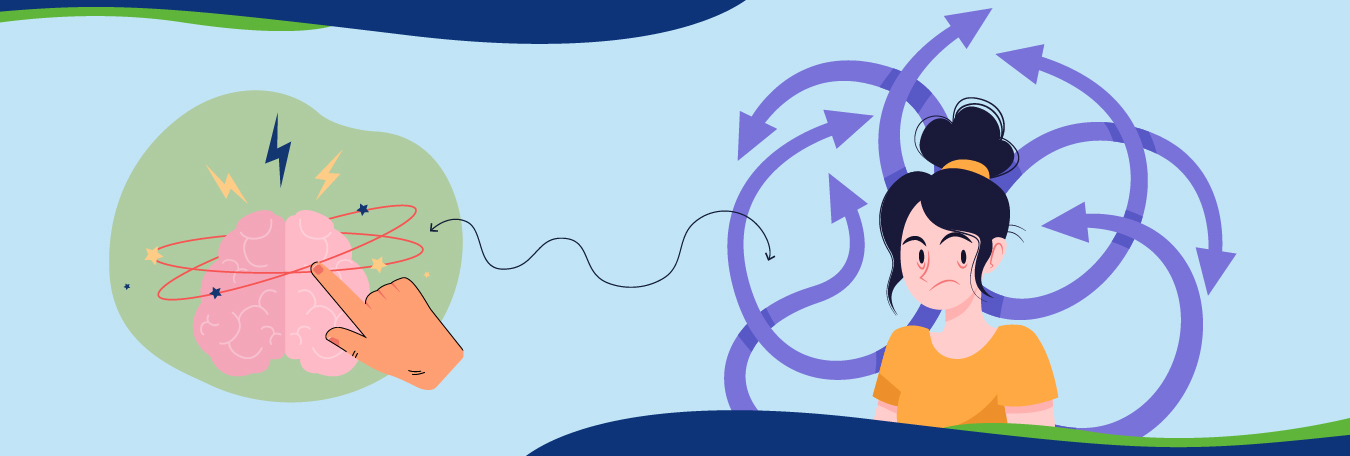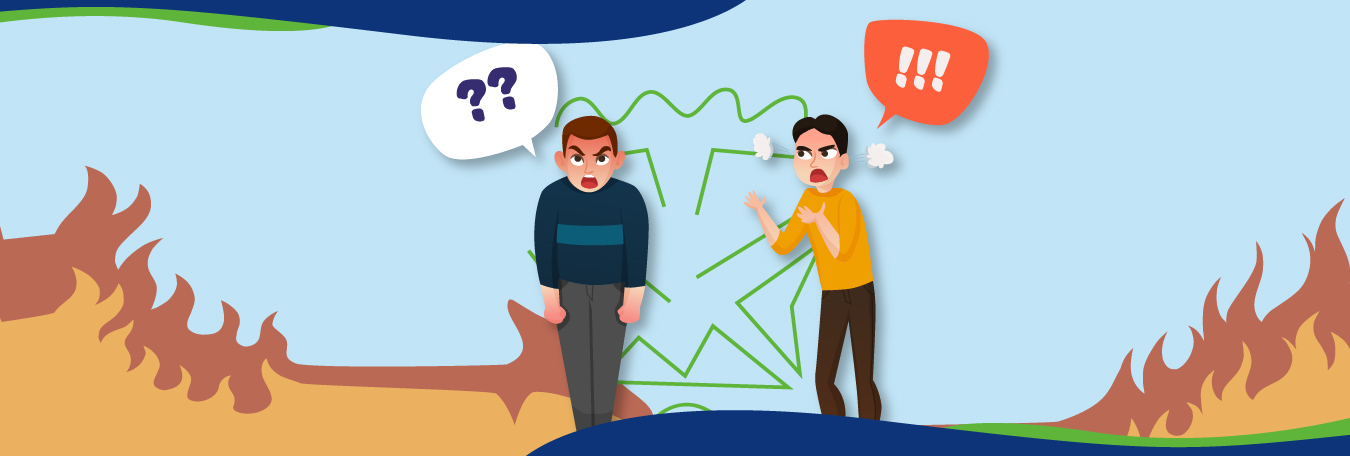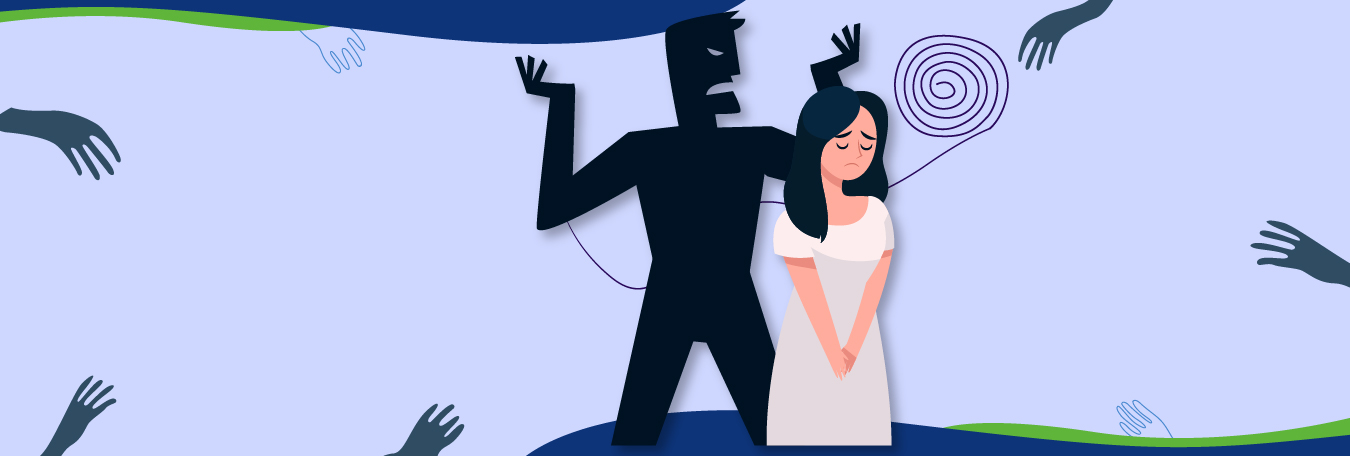It can be scary for parents when they realize that their children start to exhibit unusual behavior. Mental conditions like PANDAS and PANS, both of which are related to Obsessive Compulsive Disorder (OCD) can be consequential to a child’s overall health. We are here to talk about these mental conditions in comprehensive detail, so you can get a better idea of how to help your child deal with conditions like these, especially in regards to pandas syndrome symptoms:
Let’s Start With PANS
PANS, or Pediatric Acute-onset Neuropsychiatric Syndrome is a mental condition that is characterized by unwanted thought patterns (obsessions), repetitive behavior (compulsions), and/or reduced eating. As the name suggests, it has an “acute onset”, which means PANS’ OCD-like symptoms will arise suddenly and reach full intensity in 24 to 48 hours. It’s called a syndrome rather than a disorder because its symptoms appear alongside anxiety. It has been linked to other diseases including but not limited to Lyme disease, mononucleosis, mycoplasma (walking pneumonia), and the flu (such as H1N1).
What is PANDAS?
PANDAS or Pediatric Autoimmune Neuropsychiatric Disorder Associated with Streptococcal Infections is a subtype of PANS and as the name suggests, it is essentially PANS with Streptococcal Infection. The definitions of these conditions are evolving as doctors and experts assess the conditions as time goes on.
Children are especially at risk when it comes to PANDAS because the PANDAS illness symptoms at times are not presented due to the presence of strep infection. It is because the strep infection does not present itself in the body of a child, making diagnosis inherently difficult. In addition to that, it is also contagious, therefore making childhood PANDAS extremely dangerous.
Signs and Symptoms of PANDAS and PANS include:
- Acute onset of OCD-like symptoms
- Scribbled drawings
- Trouble with eating
- Unrecognizable handwriting
- Bedwetting
- Erratic behavior
- Suicidal thoughts
- Panic attacks
- Tics and sudden movements
- Hyperactivity and absence of focus
The Age Of Onset of Symptoms
PANDAS disease symptoms typically arrive as acute onset and typically between the ages of 8 and 12 years old. PANS and PANDAS are episodic, which means these disappear for a long time and reappear. These tend to elevate the symptoms and make them more severe over time.
What Causes PANDAS and PANS?
Either of these conditions can happen due to genetics, or chemical imbalance but predominantly it is due to autoimmune antibodies mistakenly attacking the basal ganglia part of the brain following an infection.
Some children can have more than 10 instances of strep infections in life and never have it developed in PANDAS syndrome symptoms or have OCD-like symptoms. Experts believe that these ailments come as a result of inflammation (brought on by abnormal immune system response) in the brain or certain genetic markers.
PANS OCD can especially be triggered by ailments, infections, or conditions such as the flu, Lyme disease, chicken pox, respiratory infections, mycoplasma, and a never-ending list of viruses, including COVID-19 and its variants.
What is the Relation Between PANS, OCD, AND PANDAS
We cannot directly pinpoint what causes PANDAS disease or PANS but can explain how it can sometimes start existing all of a sudden. OCD and PANDAS are related by virtue of symptoms, specifically recurrent intense obsessions and/or compulsions that cause severe distress and interference in the everyday life of the child. At the same time, the signs and symptoms of PANDAS and PANS appear suddenly, which can usually be referred to as the acute onset of OCD, the mental condition of OCD itself as a singular entity occurs gradually, even in children. The connection between OCD and PANDAS or PANS is that OCD, as mentioned before, appears suddenly but as a symptom or a byproduct of the said mental disorders.

Along with at least two other cognitive, behavioral, or neurological symptoms that are related to OCD, eating disorders, and some other mental conditions, PANS and PANDAS by characterized symptoms such as:
- Anxiety that encompasses irrational fears, panic attacks, or excessive worry
- Attention-Deficit/Hyperactivity Disorder (ADHD)-like symptoms
- Worrisome sleep patterns or straight-up insomnia
- Bladder issues even without the presence of urinary tract infection
- Motor and sensory abnormalities and body movements
- Irritability can also lead to impulsivity
- Emotional distress that can lead to depression, suicidal thoughts, extreme mood swings
Is it PANS and PANDAS
It can be difficult for parents and mental health professionals alike because symptoms of PANDAS or PANS can and do overlap. This is why it makes it compulsory for us to know more about both of these ailments and always seek professional help for the diagnosis. One thing to note is that Childhood PANDAS comes into existence, only does so due to the existence of strep infection, which can essentially create abnormalities in the brain and can put a clog in the inner workings of neurotransmitters. Therefore creating symptoms of the PANDAS disorder or PANS.
Why Do Only Some Children Get PANDAS or PANS?
There are specific scientific indicators behind the existence of PANDAS and PANS in children. PANS/PANDAS Syndrome symptoms become evident in children or even in adults when genetic mutations in genes such as the one called MTHFR lead to interference of detoxification processes in the brain. Therefore, this leads to toxins and infections running past the screening stages of the brain. When toxins and infections are present in the brain, the brain itself will direct the immune system’s response to places of the brain affected by the infections or toxins, effectively leading to inflammation. The inflammation ends up confusing the nervous system too, which releases an overcharged barge of neurotransmitters, actually causing the PANDAS or PANS ailments. So, answering your question of “Why do only some children get PANDAS or PAN?”, well the reasoning behind this is that not every child has the problematic mutation in genes.
What To Consider When Your Child Is Diagnosed With PAN or PANDAS?
When anxiety-related signs of PANDAS illness symptoms and PANS’s OCD-related symptoms arise, the whole household can be affected. Dealing with the affected child, especially before treatment, becomes the utmost priority. You will be compelled to help the affected child with the OCD-like behavior that the child displays by helping them adapt to the said OCD rituals. As a parent, you should never blame or scold your child for the PANDAS Syndrome symptoms or PANS OCD signs because this will only exacerbate the issues related to these conditions. You can also try to empathize with your child. Tell them something along the lines of, “We know you are scared but there is nothing to be scared of and these symptoms will pass”
Treating PANS or PANDAS
Treating PANS or PANDAS should be a three-pronged treatment that does not just target PANDAS syndrome symptoms or anything related to PANS but also tries to treat the other two major reasons that cause these ailments: inflammation and infection/toxins.
Psychotherapy treatment like Exposure Response Therapy (ERT), which is a type of Cognitive Behavioral Therapy (CBT), can be used for treating symptomatic problems related to PANS/PANDAS. Whereas CBT is used to help the patient get in touch with their feelings, especially the negative ones to find resolutions, ERT is an advanced form of CBT because patients are pushed to decrease the power of triggers that relate to OCD, but motivating them to constantly go through related situations, so the anxiety around them can be decreased.
Medication management on the other hand, especially through antibiotics is used to treat excessive inflammation. As most children with PANS or PANDAS can be prone to side effects, it is necessary to monitor the progress of the said treatment method.
Another type of medication is intravenous immunoglobulin (IVIG), which is a therapeutic exchange of blood plasma that can be used to treat ravaging infections. IVIG, though, is expensive, can only take place in a hospital setting, and will probably not be covered with insurance.
Concluding Words
PANDA Syndrome symptoms and PAN OCD-like symptoms are dangerous ailments (OCD and children are not a good mix) but are very much treatable. You also know now what causes PANDAS disease or PANS. We have given additional information about these ailments but we would like to add that we have experts who deal with problems like PANDAS or PANS and other medical conditions like anxiety or depression.




